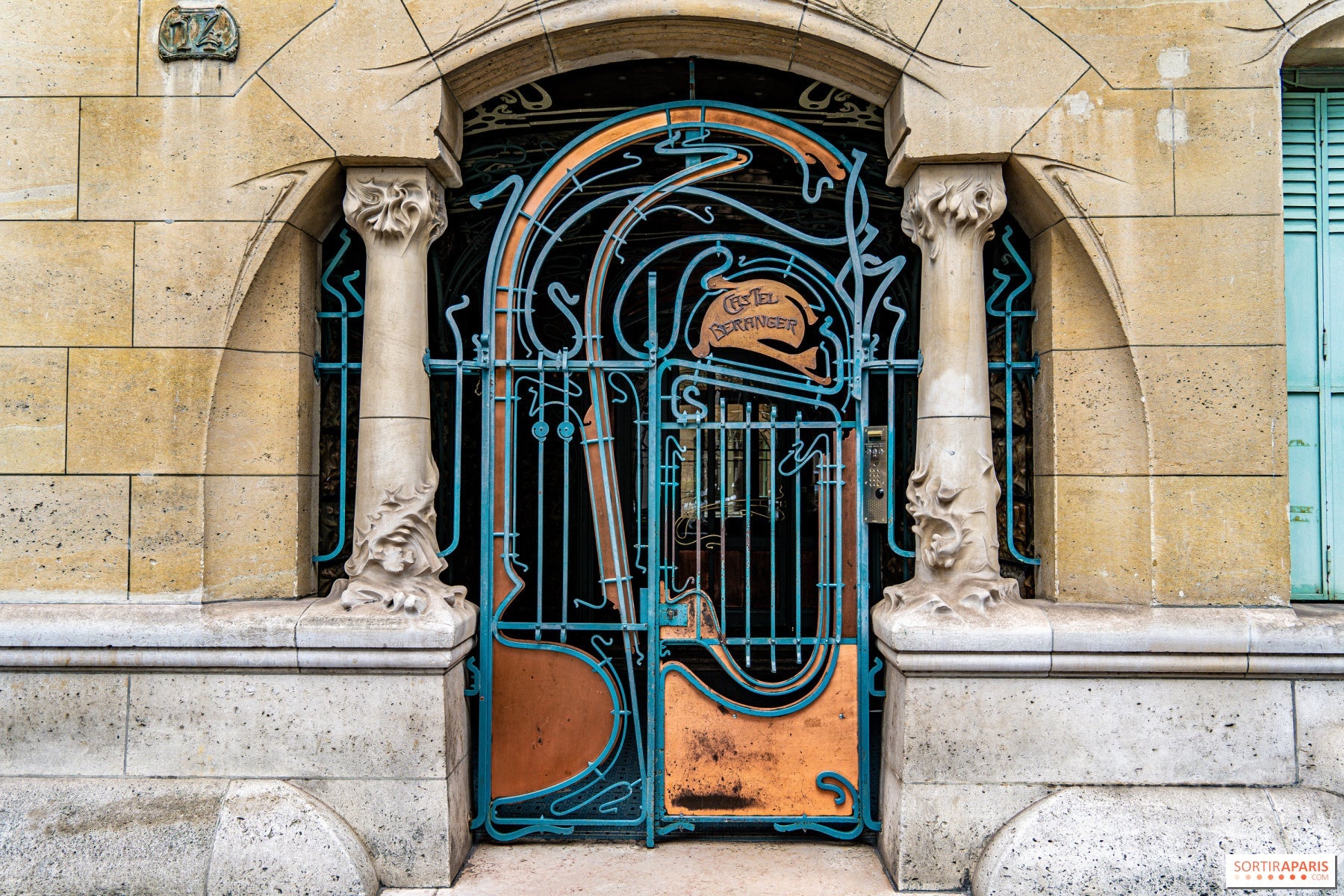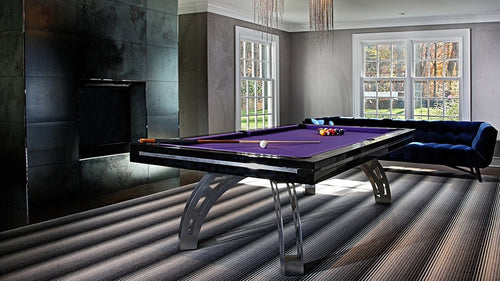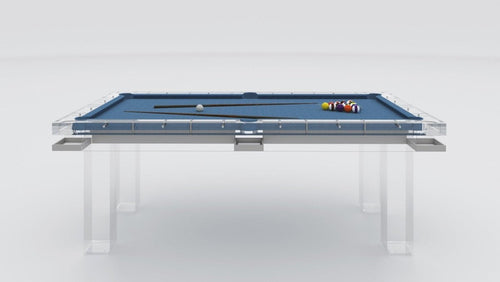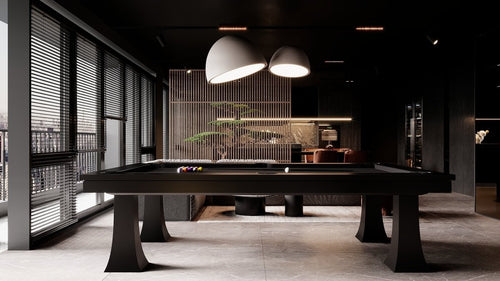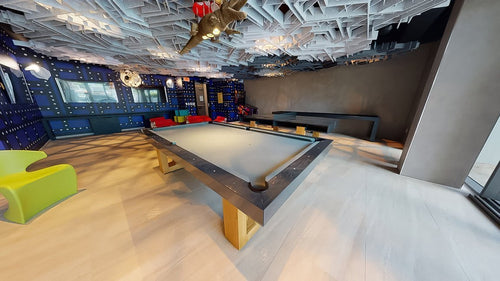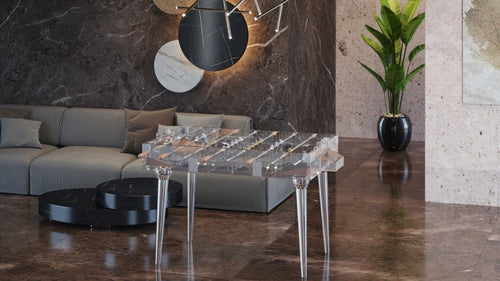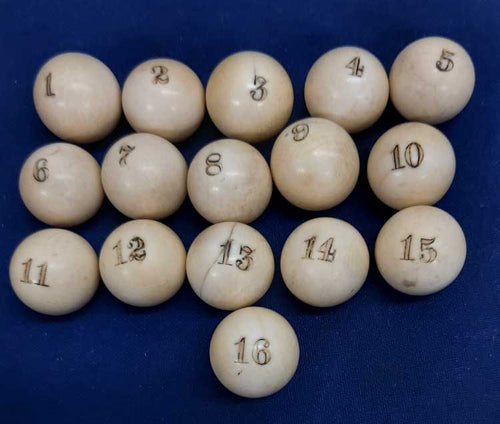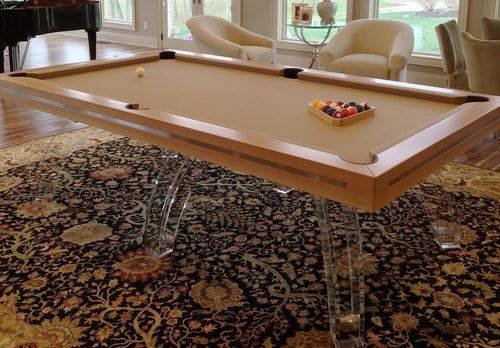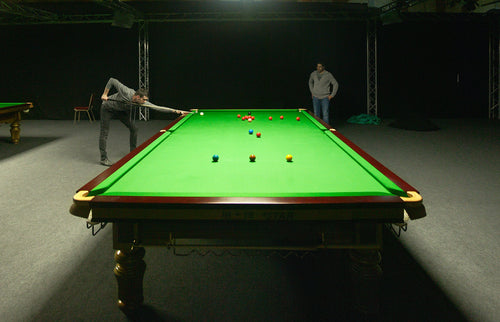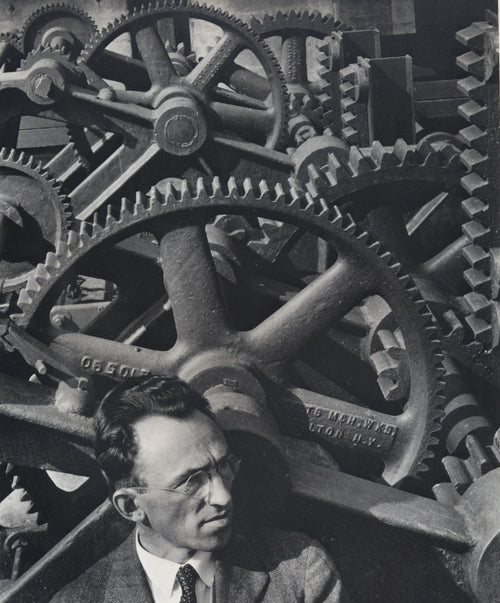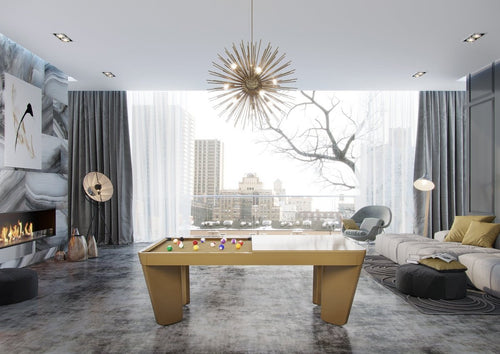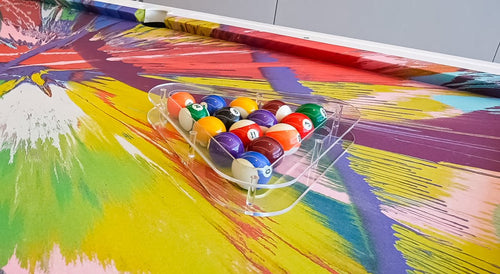Enjoy our modern designs
Estimated Read Time: 7 mins |
From Guimard’s Parisian flair to the ornate School of Nancy, French Art Nouveau redefined design with organic forms, modern materials, and a fusion of art and craft.
Art Nouveau emerged as a bold rejection of Victorian excess, blending fluid, nature-inspired forms with new materials and technologies. France—especially Paris and Nancy—stood at the forefront of this revolution, championing a style that integrated architecture, art, and the decorative crafts.
Origins and Core Features
- Rejection of historical imitation and Victorian eclecticism
- Use of modern materials (iron, glass) and new technology (electric lighting)
- Nature-inspired ornamentation: organic motifs, plants, insects, “whiplash” curves
- Close integration of fine and decorative arts
- A central role in Paris’s thriving artistic and fashion scene
Paris: Hector Guimard and Innovative Design
- Hector Guimard: Paris’s preeminent Art Nouveau figure, influential across architecture, interiors, furniture, and decorative arts.
- Castel Béranger (1894–99): An iconic Paris apartment house known for its bold ornamentation, swirling columns, and unique metalwork.
- Paris Métro Entrances: Prefabricated, curvilinear metal structures—instantly recognizable Art Nouveau icons.
- Le Style Guimard: Marketed furniture, fixtures, and decorations as a cohesive style, paving the way for early industrial design in the decorative arts.
Guimard’s work defined Paris’s Art Nouveau landscape, bringing industrial innovation and organic beauty to the city’s streets and interiors.
Nancy: The Ornate Excellence of the School of Nancy
- Eugène Vallin: Created cohesive interiors where furniture, lighting, and textiles merged in intricate, natural forms.
- Emile Gallé: Renowned for glasswork with botanical motifs, pushing technical and decorative boundaries.
- Louis Majorelle: Master of marquetry, wood carving, and metalwork, his flowing floral furniture designs were showcased in Paris and Nancy alike.
The School of Nancy established the city as a beacon of Art Nouveau artistry, combining innovation with luxurious craftsmanship.
Broader Influence and Transition
Parisian dealer Samuel Bing promoted Art Nouveau through L'Art Nouveau shop, working with designers like Edouard Colonna, Eugène Gaillard, and glassmaker René Lalique. Over time, designers including Emile-Jacques Ruhlmann, Louis Süe & André Mare, and Jean Dunand helped transition French design from Art Nouveau to Art Deco, shifting focus to streamlined geometry and luxurious materials.
Decline, Rediscovery, and Legacy
As tastes changed, Art Nouveau’s exuberance faded by World War I. Later, designers and historians rediscovered its significance as a foundation for modernism. French visionaries like Robert Mallet-Stevens and Auguste Perret bridged Art Nouveau and Art Deco, inspiring a lineage of innovation visible in the work of Philippe Starck, Andrée Putman, and many others today.
France’s commitment to preservation—such as transforming Gare d’Orsay into a modern museum—demonstrates the continued value of its Art Nouveau and Art Deco heritage. French Art Nouveau remains a testament to the power of art, nature, and technology to shape a new vision of beauty.


